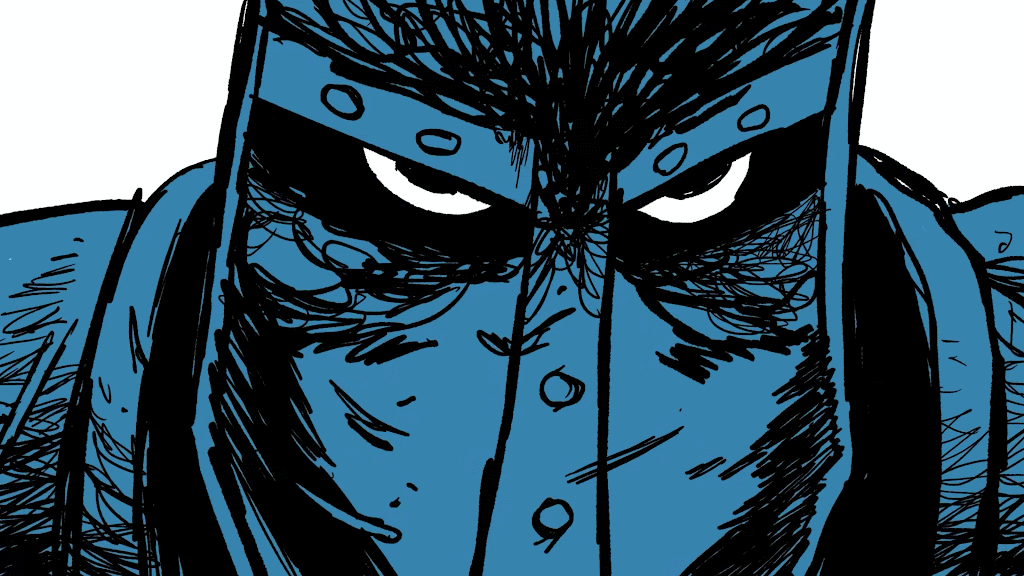- cross-posted to:
- [email protected]
- cross-posted to:
- [email protected]
cross-posted from: https://lemmy.dbzer0.com/post/6214928
Holy shit, I was just doomscrolling and then I see a crosspost of my 7 month old post. Took me off guard. Lmao
I did a deep dive of the surreal memes community after a post of mine was recommended to post there.
…and this, boys and girls, using imaginary numbers on a chess graph, is how the quantum characteristic of spin was discovered in rooks, two full rotations required to return to its’ starting quantum state.
EDIT: When you castle the king, he’s in a quantum-entangled state with the rook!
When you castle the king, he’s in a quantum-entangled state with the rook!
when one of the kings possible locations are checked you throw a dice to resolve the quantum position
This could actually be an interesting video game idea to explore. You can make quantum moves that get resolved by chance once a possible position is interacted with.
like you make for example three different moves on your turn. chance will decide later which one resolves as true
IIRC there is a quantum chess videogame that works like this. I don’t remember the name though.
Not quantum, but 5d chess with multiverse time travel exists. It sounds complicated (and it is) but it’s actually pretty intuitive to actually pick up. Basically each piece moves as it traditionally does, but instead of two axes there are 4. So a rook can move in a straight line into the past, staying in the same position. That causes a time line branch with a new board with the time traveling rook. Bishops can move diagonally across time and multiverses.
I’m doing a terrible job explaining but this website has an excellent tutorial.
Yeah, i know about 5d chess, but I’m pretty sure quantum chess also exists.
Queen to E3+4i
What would the meta look like on an infinite board?
If the board is infinite, it means that bishops, queens and rooks can move an infinite distance and then must move at an infinite speed, constantly breaking the laws of physics. While knights, pawns and kings, having finite moves, travel at regular speeds.
The potential high energy collision during a castling would flatten the galaxy.
Promotion from a low energy pawn to a high energy queen would require the consumption of a black hole (approx.)
And the promotion of a pawn on the last row would take infinite time so it’s ok since finite energy divided by infinite time is like no energy at all
Are the pieces placed like in the meme or are they spread out to fit the board?
I was thinking placed like in the meme, normal setup surrounded by infinite space. Back row same positions for purposes of pawn promotion.
Ah, glad you asked. Let’s talk about mate-in-omega.
Not utterly broken, somehow, because the king can only move one space at a time. You’d need to defend his backside in a fucking hurry though.
That game is wonderful to speedrun the feeling of being stupid
My superpower is I don’t need a game for that
Regular chess is like that for me
I only play with family and never look up openings or theory. Play confidently stupid. More fun.
Q-6 is still within the bounds of the system, though. True Anarchy chess doesn’t need such systems^^
Knook to 😎 - i
Cheque maid
Damn what a blunder! Bishop takes
This is absurd. Rooks move in straight lines.
White moved twice, black once
Become ungovernable
And you get there with half an A press. If TJ “”“Henry”“” mocks you, shoot him
Mate in ≈3
Mate in e.
as long as something other than normal piece movement is required to access the larger quantum move space… like swapping your pawn for a queen requires you to move across the entire board. we’ll put these fucking rooks in orbit and let them figure it out.
deleted by creator







